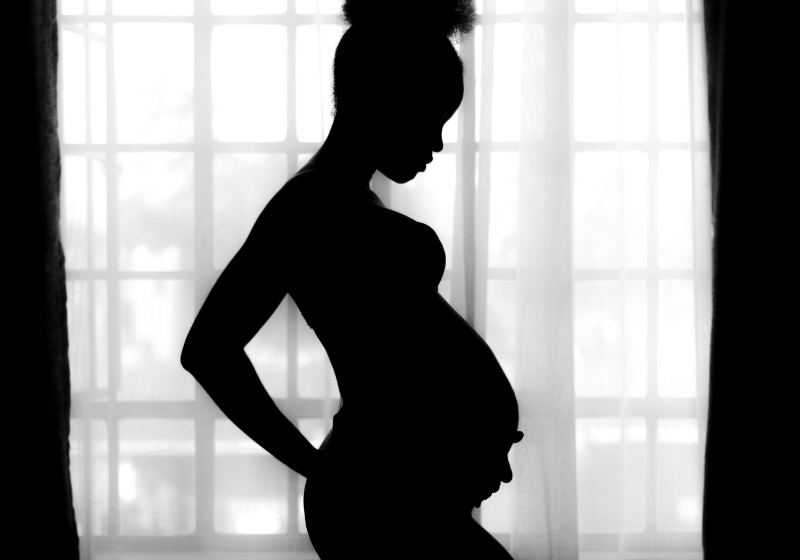
Counting the reproductive health costs of COVID-19
Remember the days before COVID-19? Back when we could move freely and access whatever healthcare we needed?
Anyone following the situation for migrant women in Australia would know that even pre-COVID-19, that was not always the case. Even before the shutdown, migrant women had limited access to responsive and publicly funded health services. The current situation has made the limitations more acute because there are additional barriers, many of these financial.
Women on temporary visas, including students, workers and asylum seekers on bridging visas, do not have affordable access to the public health system, including reproductive health care, while those with health insurance are not able to claim in the first year. The costs of reproductive health care can be considerable, depending on your needs and circumstances. Contraception, antenatal care, termination, examinations, tests, birthing and after-birth care – all must be covered by the women themselves.
For women who do have access to public health services, in-language information about health and how to navigate the system is hard to come by and at times costly. How many of us would be happy to part with $170, the going rate for antenatal classes, especially when finances are tight? And what if those classes were delivered in a language you could only partially understand? When you combine the cost restrictions with the never-ending juggle of working, parenting, and caring for others then it’s no wonder migrant women delay, avoid, do without, or find alternatives to entering a health service when they need it.
In the long term, these decisions can have serious implications for migrant women’s health and wellbeing. During the shutdown it has become even more difficult for migrant women to cover the cost of their healthcare. Job losses abound in industries representative of migrant women workers, and government subsidies do not extend to temporary workers or casual workers who have had their jobs for less than 12 months, the two groups that are largely made up of migrant women.
When we count the costs of COVID-19, we must include the cost to migrant women’s health and wellbeing. Evidence shows that migrant women’s health outcomes are already poorer than the rest of the population. Post-pandemic, this health inequity will be accentuated. Let’s reduce the costs by prioritising migrant women’s health on government and health service agendas.
